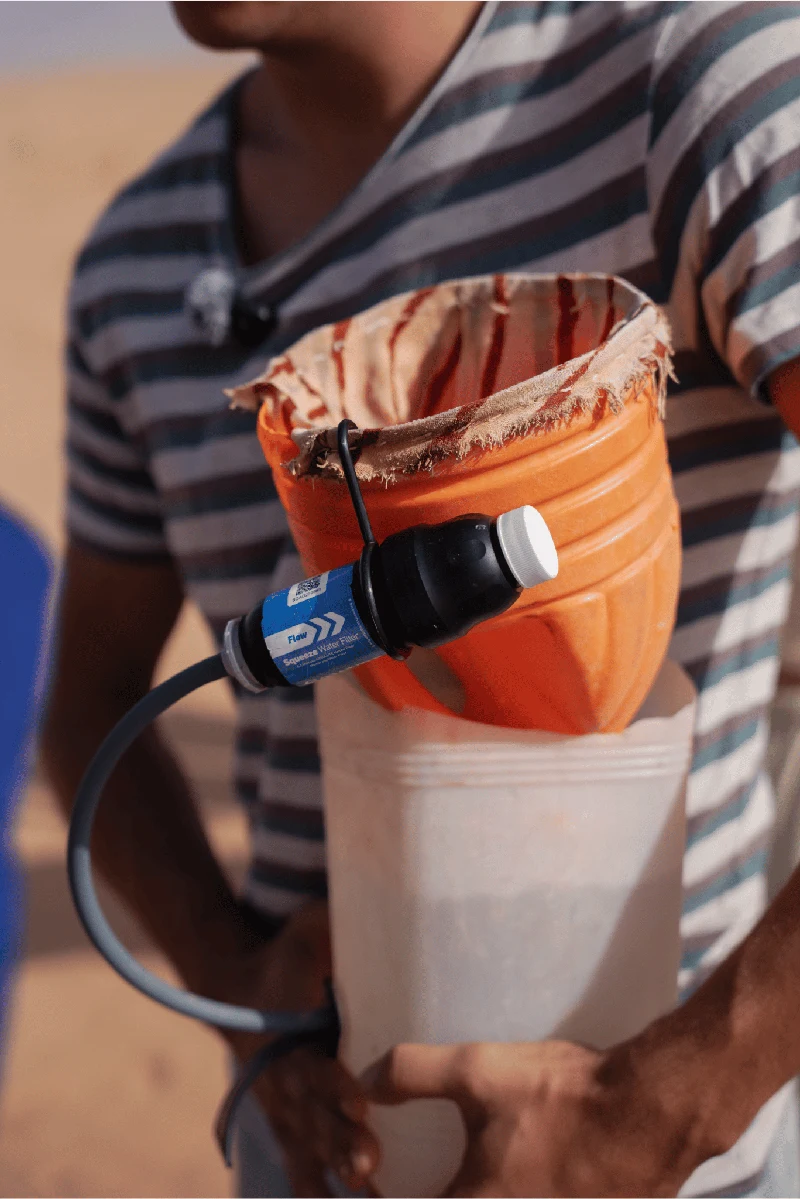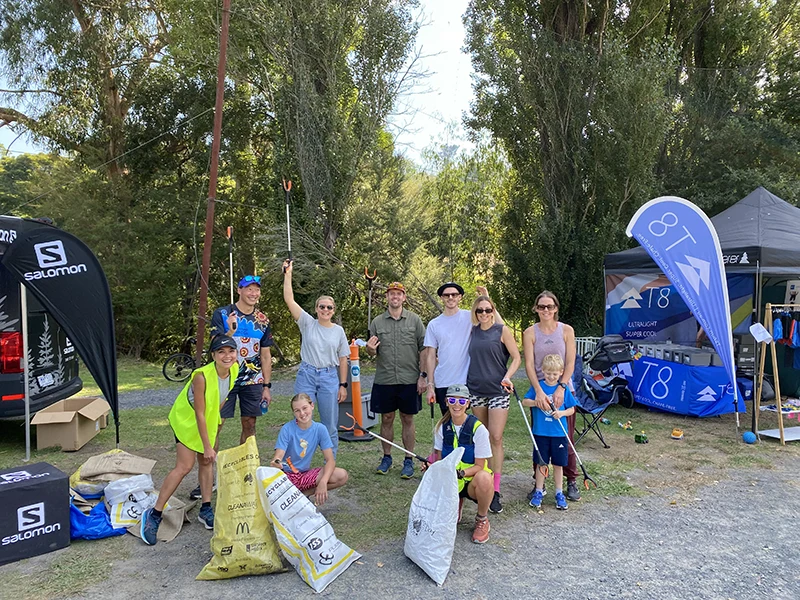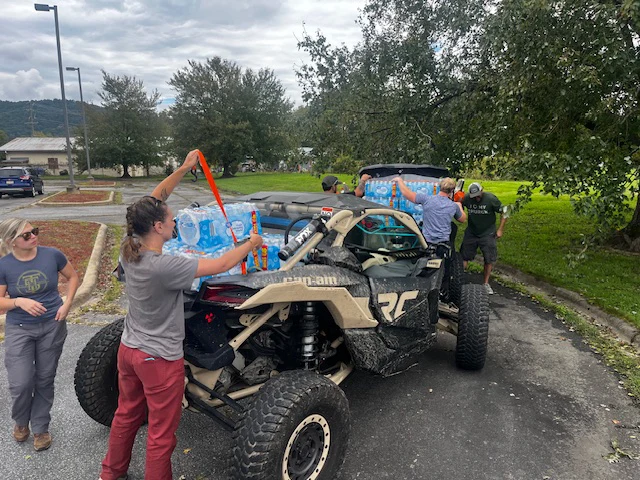

Colombia is often referred to as "a land of extremes." It is home to towering, snow-covered volcanoes and mountains, tropical beaches, deserts, and vast grasslands, making it one of the most biologically diverse countries on Earth.

Amidst Colombia’s natural beauty, there lies a delicate environment that demands our conscious commitment to preservation: the páramo ecosystem.
This summer, my partner and I spent six days hiking through the Colombian Andes alongside Páramo Trek, a local trekking company. Throughout our six days, we explored Colombia’s páramo, learned about the páramo's vital ecological role and need for preservation, and ultimately why it's important to support local trekking companies that practice ethical and sustainable tourism.

The Páramo Ecosystem
The páramo ecosystem is found in three South American countries, with over 60% calling Colombia home. This high-altitude Andean region occupies the transition zone between the treeline and the perpetual snowline.
Characterized by distinct vegetation, dramatic climate shifts, and essential ecological functions, the páramo attracts adventurers seeking a unique encounter with nature's extremes.

During our six-day adventure in the Andes, we ventured through tropical rainforests, ascended mountains, and crossed valleys as we made our way to the heart of the páramo. Our journey was full of contrasts, from the calls of cheerful birds in the rainforest to the thin air and eerie mists of the high-altitude landscapes.

Upon reaching the páramo after days of ascent, we were met with an incredible environmental transformation. The lush greenery of the forest yielded to vast expanses of grasses and low-lying shrubs, and the ground beneath our feet became a spongy carpet of grasses and resilient cushion plants that have adapted to thrive in the páramos extreme conditions. The undulating hills, mountains, and valleys of the landscape stretched before us.
Patches of vibrant hues dotted the páramo – brilliant yellow frailejones, perhaps the most iconic symbol of the páramos, stood tall and proud in a congregation.
Their fuzzy leaves glistened with dewdrops as they caught the sunlight filtering through the ever-present mist.

The air was thin and crisp, which stood as a strong reminder of the altitude. At times, the mist would roll in, veiling the landscape in a soft white curtain, giving the páramo a mystical appearance. Though just as quickly as the mist came and went, so did the storms. It wasn’t uncommon during our trip to have a strong wind whip through, turning the mist into a heavy rain. The temperature would drop several degrees within minutes of a storm rolling through, forcing us to keep moving to stay warm.
The ecosystem’s natural beauty paired with its unpredictable and harsh weather reflected the true essence of Colombia’s páramo.

A Fragile Ecosystem in Need of Preservation
The páramo's importance goes far beyond its scenic beauty. It is home to over 3,000 different plant species, with 86% of its flowering plants being endemic to the ecosystem and found nowhere else on Earth. The frailejones, in particular, act as water regulators. The plant’s leaves capture moisture from low-hanging clouds and mist, which is then channeled down to its base.

This water replenishes groundwater and supports downstream rivers, ultimately ensuring millions of people across Colombia have water.
These plants also prevent soil erosion, stabilize the landscape, and create microhabitats for various species.
Aside from water regulation, the páramos are powerful carbon sinks. Because of the dense vegetation and peatland found in the páramos, the ecosystem captures and stores significant amounts of carbon dioxide and plays a vital role in mitigating climate change by sequestering carbon from the atmosphere. The páramo also serves as a biodiversity hotspot. Despite its challenging conditions, it is home to countless species that have evolved to thrive there.
As tourists and hikers pass through, we can still play a small role in ensuring our visit doesn’t impact the ecosystem in a negative way. By embracing a few simple yet impactful practices, we can contribute to the well-being of the páramo’s delicate environment.
Recreating Responsibly as an International Hiker

Supporting Local Trekking Companies and Businesses
Choosing to hike with a local Colombian company ultimately made for a more authentic experience. Our guides, Felipe and Cristian, were intimately familiar with the land, offering not just insights into the environment but also bridges to the region's cultural tapestry.
Our guides' deep understanding of the páramo's intricacies and their ability to intertwine ecological and cultural narratives added depth to our experience.

The opportunity to observe the day-to-day lives of those who live around and amongst the mountains was another way we engaged with local Colombian communities on our trek. Throughout our six days in the Andes, we stayed with local families in homes called “fincas.” Fincas are small homes amidst the mountains, where Colombian families live and work.
These families, reliant on the curiosity of hopeful hikers and tourists to sustain their lives in the mountains, offer warm meals, shelter, and showers to those who journey through.

In catching just a small glimpse into their daily lives throughout our trek, we saw a life intimately intertwined with the rugged terrain.
Opting for local trekking companies, accommodations, and businesses fosters sustainable development within the region. This choice directly contributes to the economic well-being of local communities, encouraging their stewardship of the ecosystem.
Responsible Trekking

Adhering to designated trails and avoiding trampling on fragile vegetation helps prevent erosion and habitat degradation. This ensures that the páramo can regenerate naturally, undisturbed by human interference. When hiking with a local company, you’ll rarely (if ever!) get lost. Their knowledge of the trail system is extensive, ensuring you won’t have to navigate your own path and potentially trample fragile vegetation in the process.
Practicing "Leave No Trace"

Ensuring that no trace of one's presence remains after a visit is a fundamental value we share with the Colombian community. Proper waste disposal, including food scraps, packaging, and litter, prevents contamination and maintains the ecosystem's purity. When hiking with Páramo Trek, our guides were diligent about picking up any trash or food waste they found along the trail (and yes, this included fruit peels, pits, and cores. They don’t belong in the páramo!).
Sustainable Purchasing

When acquiring souvenirs or goods, prioritize products that are sustainably produced and contribute to the local economy. This encourages responsible business practices and supports the cultural heritage of the area.
Unfortunately, Salento is full of “illegal” businesses that charge far less for a tour in the mountains compared to a licensed and legal business. The “illegal” businesses take away from the ones who are there to promote safe, sustainable, and ethical tourism – practices that ultimately impact the páramo.
I highly recommend doing your research before choosing a company to hike with. The extra dollars are worth it, trust me!

A Path Forward: Sustainable Exploration and Cultural Preservation
As tourists and hikers, we hold an incredible responsibility when it comes to traveling ethically and sustainably. Our actions impact the future of the páramo ecosystem and the Colombian community. By supporting local businesses, adhering to Leave No Trace principles, and trekking responsibly, we play a small role in protecting this delicate realm. Embracing local trekking companies fosters sustainable development, encourages responsible behaviors, and preserves the authentic essence of the region.
Each choice we make, from the trails we tread to the businesses we patronize, ripples through the páramo and its communities.

When hiking through Colombia's páramo ecosystem, we must remember that our decisions echo far beyond the trail – they echo through the lives of locals and the landscapes they call home, ensuring the survival of this fragile yet magnificent environment for generations to come.
From the Squad
Campfire conversations with our community, from Squad Members and Ambassadors to Brand Partners and the Sawyer team.

















